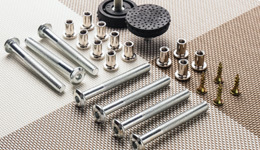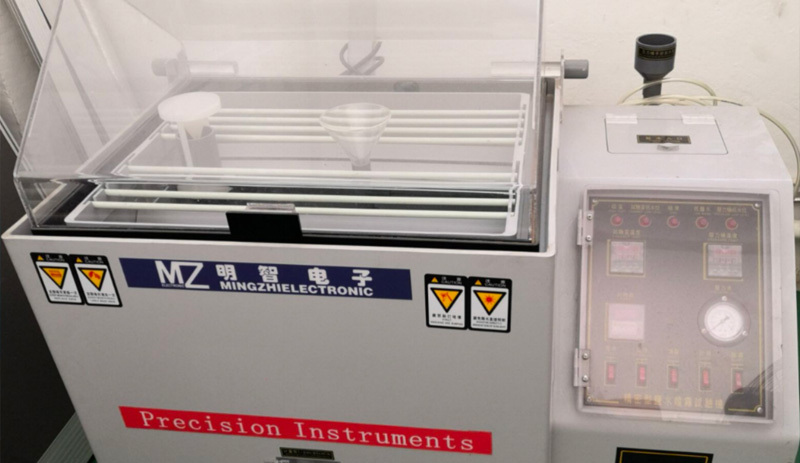Injection mold common defects and its adjustment method?
Release time:
2025-02-12
Injection mold processing common defects and their adjustment methods are as follows:
1. bubbles
Cause:
Air entrapped in the plastic melt.
Poor plastic fluidity, incomplete filling.
Poor exhaust of the mold.
Insufficient holding pressure or time.
Adjustment method:
Increase the injection pressure and holding pressure time.
Reduce the injection speed to avoid air entrapment.
Check the mold exhaust system and add exhaust slots or holes.
Increase mold temperature to improve material flow.
2. Shrink marks (shrink marks)
Cause:
Uneven thickness of molded parts.
Uneven cooling of the mold.
Uneven cooling of the mold. Insufficient holding pressure or insufficient time.
Excessive material shrinkage.
Adjustment method:
Optimize the mold design, try to make the wall thickness uniform.
Increase holding pressure and time.
Optimize the cooling system of the mold, uniform cooling.
Select materials with low shrinkage.
3. Silver grain
Cause:
Plastic contains moisture.
Melt temperature too low or mold temperature too low.
Injection speed is too fast.
Adjust the method:
Dry the raw material sufficiently.
Increase the melt and mold temperature.
Reduce the injection speed to avoid material delamination.
4. Flying edge (overflow)
Cause:
Excessive clearance of mold parting surface.
Injection pressure is too high.
Insufficient mold clamping force.
Adjustment method:
Repair the mold parting surface, reduce the gap.
Reduce the injection pressure.
Check and adjust the mold clamping system to improve the clamping force.
5. Insufficient filling (short shot)
Cause:
Insufficient injection volume.
Melt temperature or mold temperature too low.
Gate or runner size too small.
Injection speed too slow.
Adjust the method:
Increase the injection volume.
Increase melt and mold temperature.
Increase gate or runner size.
Increase the injection speed.
6. Scorching (burn marks)
Cause:
Poor mold venting.
Injection speed is too fast.
Melt temperature too high.
Adjustment method:
Improve the mold exhaust, increase the exhaust slot.
Reduce the injection speed.
Lower the melt temperature.
7. Collapse (dent)
Cause:
Insufficient pressure holding.
Uneven cooling of mold.
Material shrinkage too high.
Adjust the method:
Increase holding pressure and time.
Optimize the cooling system, uniform cooling.
Adjust material formula to reduce shrinkage.
8. Raw edges (lappings)
Cause:
Mold closure is not tight.
Injection pressure is too high.
Severe mold wear.
Adjustment method:
Repair the mold parting surface to ensure sealing.
Reduce the injection pressure.
Check mold wear and repair mold if necessary.
9. Deformation (Warping)
Cause:
Uneven cooling of the mold.
Unreasonable design of molded parts (big difference in wall thickness).
Insufficient holding time.
Adjustment method:
Improve the cooling system to make the cooling uniform.
Optimize product design to minimize wall thickness difference.
Improve holding time and pressure.
10. Flow marks
Cause:
Melt temperature or mold temperature is too low.
Injection speed too low.
Poor runner or gate design.
Adjust the method:
Increase melt and mold temperature.
Increase the injection speed.
Optimize gate and runner design for smoother melt flow.
11. Delamination (Peeling)
Cause:
Poor melt fluidity.
Unreasonable injection speed or pressure.
Contaminated material.
Adjust the method:
Use material with better fluidity.
Adjust injection speed and pressure.
Ensure that the material is clean to avoid contamination.
Through the above analysis and adjustment methods, you can effectively deal with the common defects in the injection mold processing, improve product quality.
Content from the network, if there is any problem, please contact this site to delete.
Focus on hot spots














